1976’s The Gumball Rally inspired blistering coast-to-coast road trips
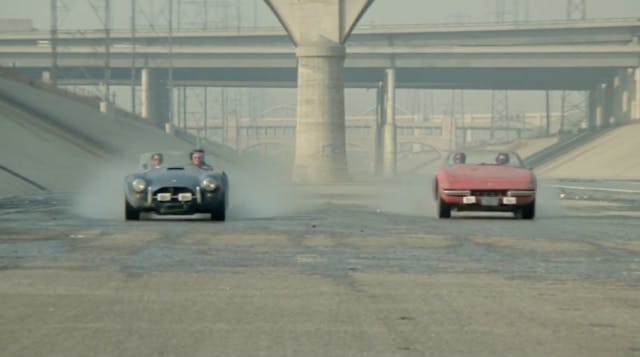
“Some of you won’t make it. For those that do, there’ll be no glory, no headlines … but just a few magic hours against the redline, with no catalytic converter, and no 55 mile-per-hour speed limit. Ladies and gentlemen, The Gumball Rally has begun!”
That line, delivered by car-loving candy-firm exec, Michael Bannon (Michael Sarrazin) kicks off the eponymous film that effectively created the Trans-Am race genre which became so popular in the ‘70s and ‘80s.
Forget the star-studded, but car-action-weak The Cannonball Run franchise; The Gumball Rally was the first of Hollywood’s films inspired by the Cannonball Baker Sea-to-Shining-Sea Memorial Trophy Dash, named after Erwin George Baker, aka “Cannonball,” who in 1933 set the first U.S. coast-to-coast time record in a car.
It’s also the most authentic—for car action, anyway: the sight and sound of a genuine AC Cobra 427 and Ferrari 365 GTS4 (yes, the Spider) at full-bore on an American highway is all the compensation you need for the movie’s (in this author’s opinion) somewhat lackluster script and honky-tonk soundtrack.
“Gumball” is the code Bannon uses to gather his coterie of speed-freaks in New York City for the start of the illicit race. They’re well-equipped, too. As well as the aforementioned Cobra and Daytona, the line-up also includes a female team in a Porsche 911 Targa, two well-heeled gents in a Mercedes 300 SL Roadster, a couple of good ‘ol boys in a Chevrolet Camaro Z28, and even a token biker—crazed but mute on a Kawasaki KH400.
Their challenge is simple: the first to reach the Queen Mary in Long Beach, California —2900 miles away—wins. And as Bannon reminds them, ” … there are no rules.” Inevitably, there’s police interest, with LAPD’s Lieutenant Roscoe (Normann Burton) desperate to nail Bannon and his Daytona-owning rival, Steve “Smitty” Smith (Tim McIntire), whose “ringer” driver, F1 star Franco Bertollini (wonderfully over-played by Raul Julia) is as passionate about love as he is winning.
Director/producer and former stunt coordinator Chuck Bail was intent on making the action as authentic as possible. Nicholas Pryor, who played Bannon’s Cobra co-driver, Professor Graves, described in a recent podcast for The Projection Booth how Bail’s original plan was to shoot the teams “driving” as they were towed by a 100mph rig-car driven by one of two pro-racers (John Morton and Wes Dawn), with the actors even taken to a track near LA beforehand to get used to being driven at high speed. But when they started filming along the New Jersey Turnpike, the rigs attracted so much attention from the public on roads that weren’t closed that they had to stop. In the end, actors were given basic race training at Willow Springs so that they could manage the less extreme driving themselves.
Filming of the cars leaving New York City took place early on a Sunday morning in December, 1975. Released at 10-second intervals, the only team that fails to proceed is in a 1974 Jaguar E-Type V-12 (the death rattle from its starter motor is a running gag through the film, and apparently a rebuff to Jaguar, which refused to lend Warner Brothers a car). But the rest charge at genuinely high speed through empty streets (though hundreds of spectators can be seen lining the sidewalks).
However, despite being a “coast-to-coast” race, everything else you see was filmed near either Flagstaff or Phoenix in Arizona, or L.A. and its surrounding area. Two identical versions of each car—one for filming, one as a backup—were provided, and in a somewhat blatant example of product placement, all are equipped with Cibie driving lights, complete with branded covers.
Setting aside the odd lame gag, there’s an abundance of great vehicular action. Gibson (Gary Busey) can’t resist two-wheeling his Z28 along a freeway as they near the finish with incredible skill, until it flips onto its roof. Franco and Smitty recreate the famous The Italian Job bus-loading scene, when they drive their Daytona into a moving service truck to evade a police road block. And Lapchick the Kawasaki rider (Harvey Jackson) manages to perch his bike on the upper bows of a tree when he hits ice on a mountain pass.
But nothing beats the sight of a mud-strewn Cobra and Daytona, vying for the race lead as they slide and pirouette along the dried-out L.A. River to avoid a clogged highway in the closing stages of the race. To see such cars—each worth millions—being driven with complete abandon will either amaze or appall you, but the end result is captivating.
I won’t spoil the surprise by telling you who won, though it’s been a number of years and Warner Brothers’ plea for it to be the female Porsche team (Susan Flannery/Joanne Nail) was rejected by producer Bail. Either way, The Gumball Rally‘s winning car crossed the line in 33 hours and 57 minutes at an average speed of 92.7 mph.
Check out the Hagerty Media homepage so you don’t miss a single story, or better yet, bookmark it.
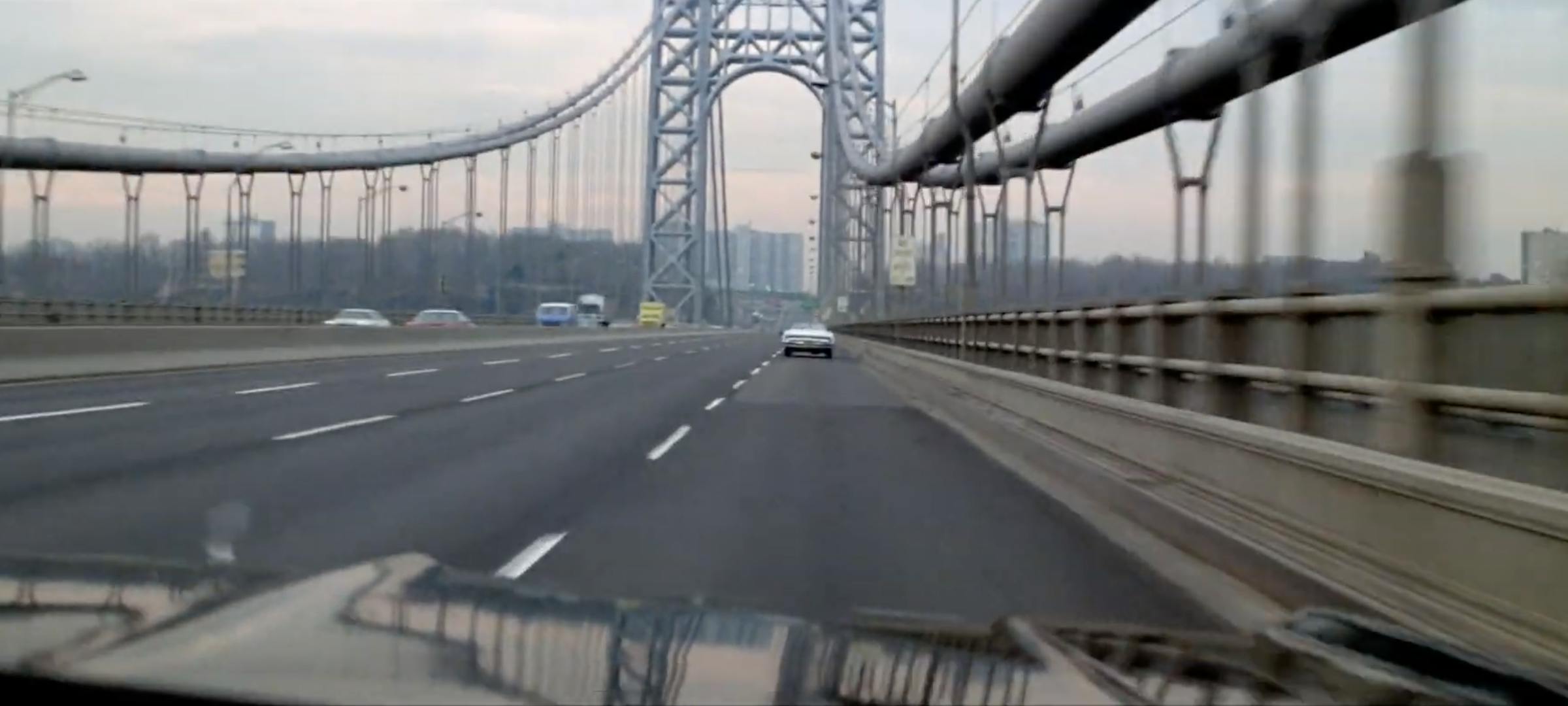
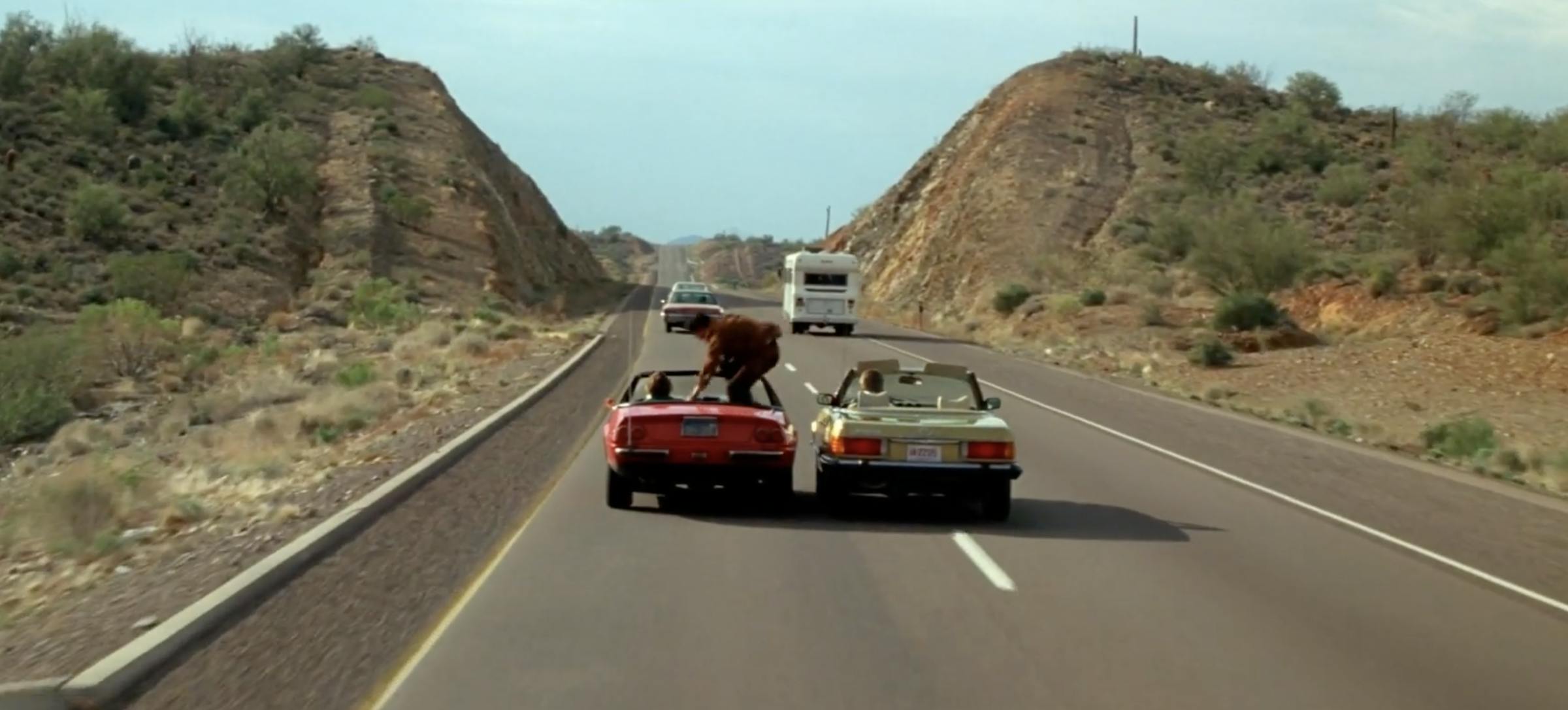
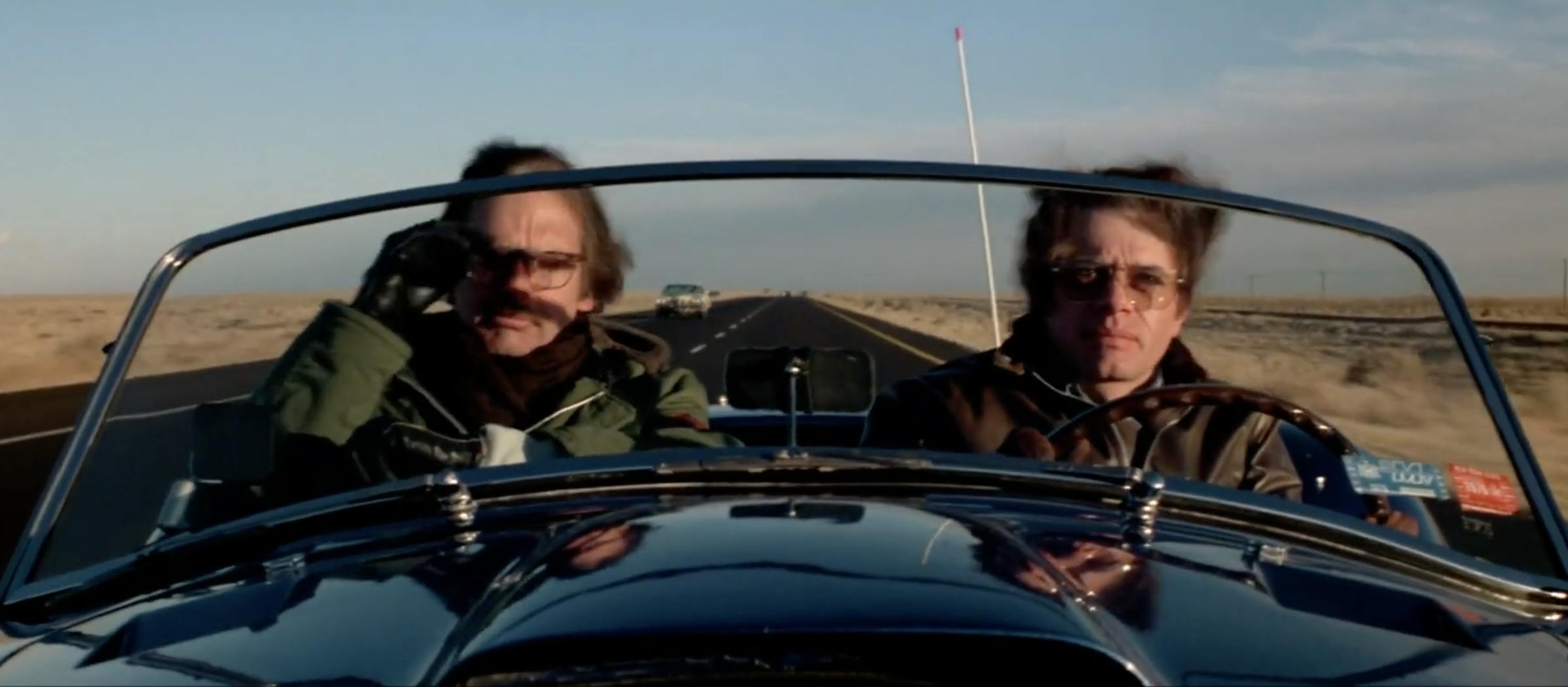


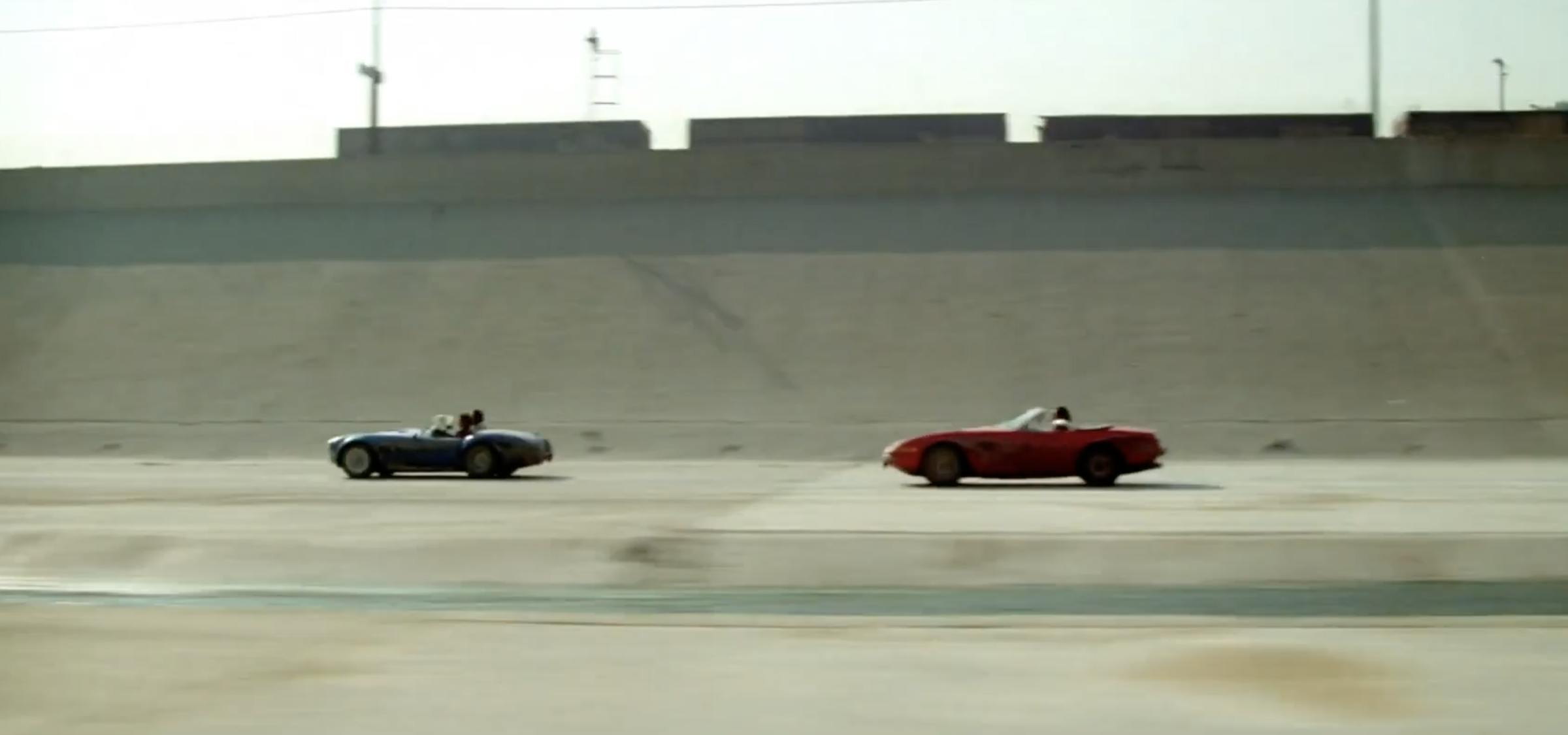
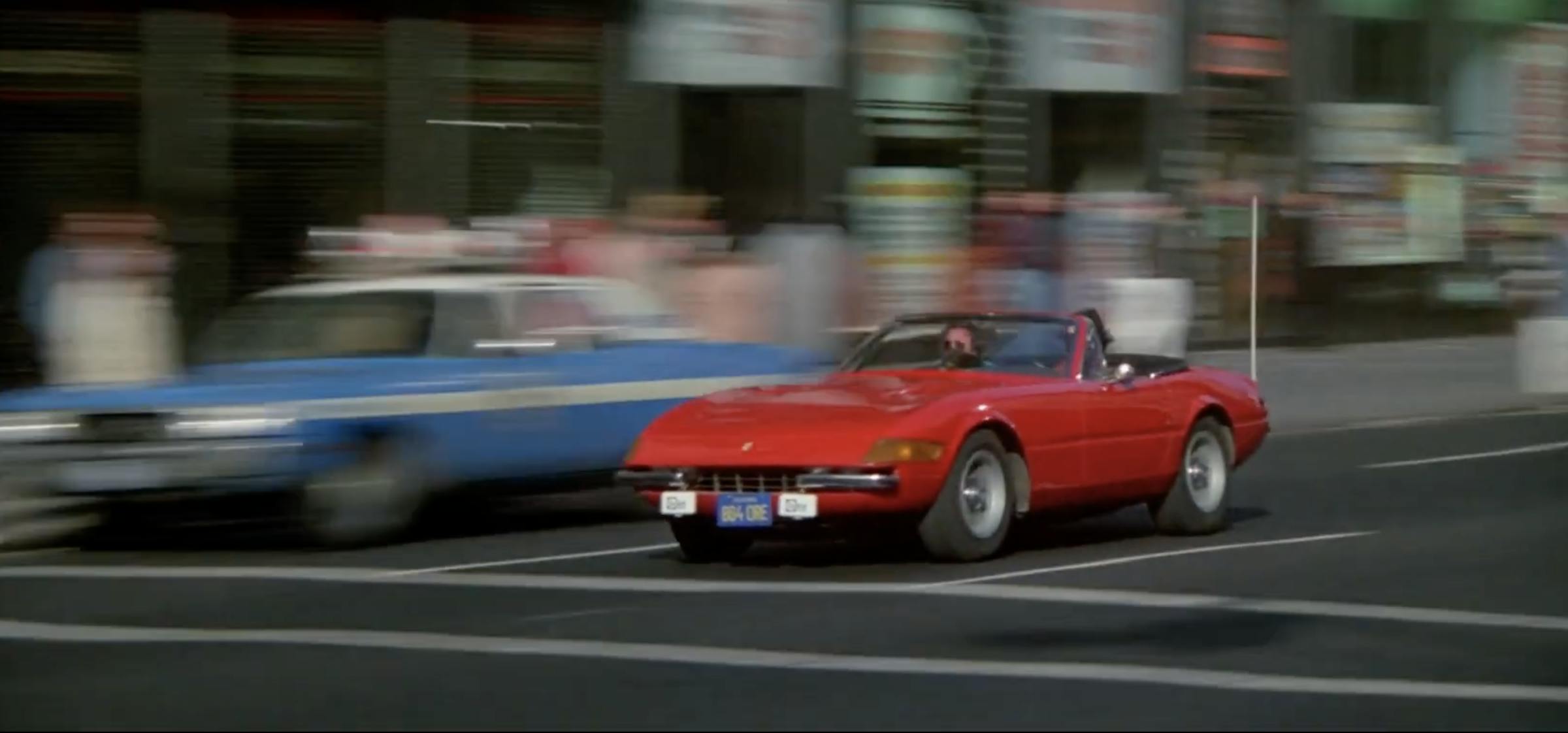
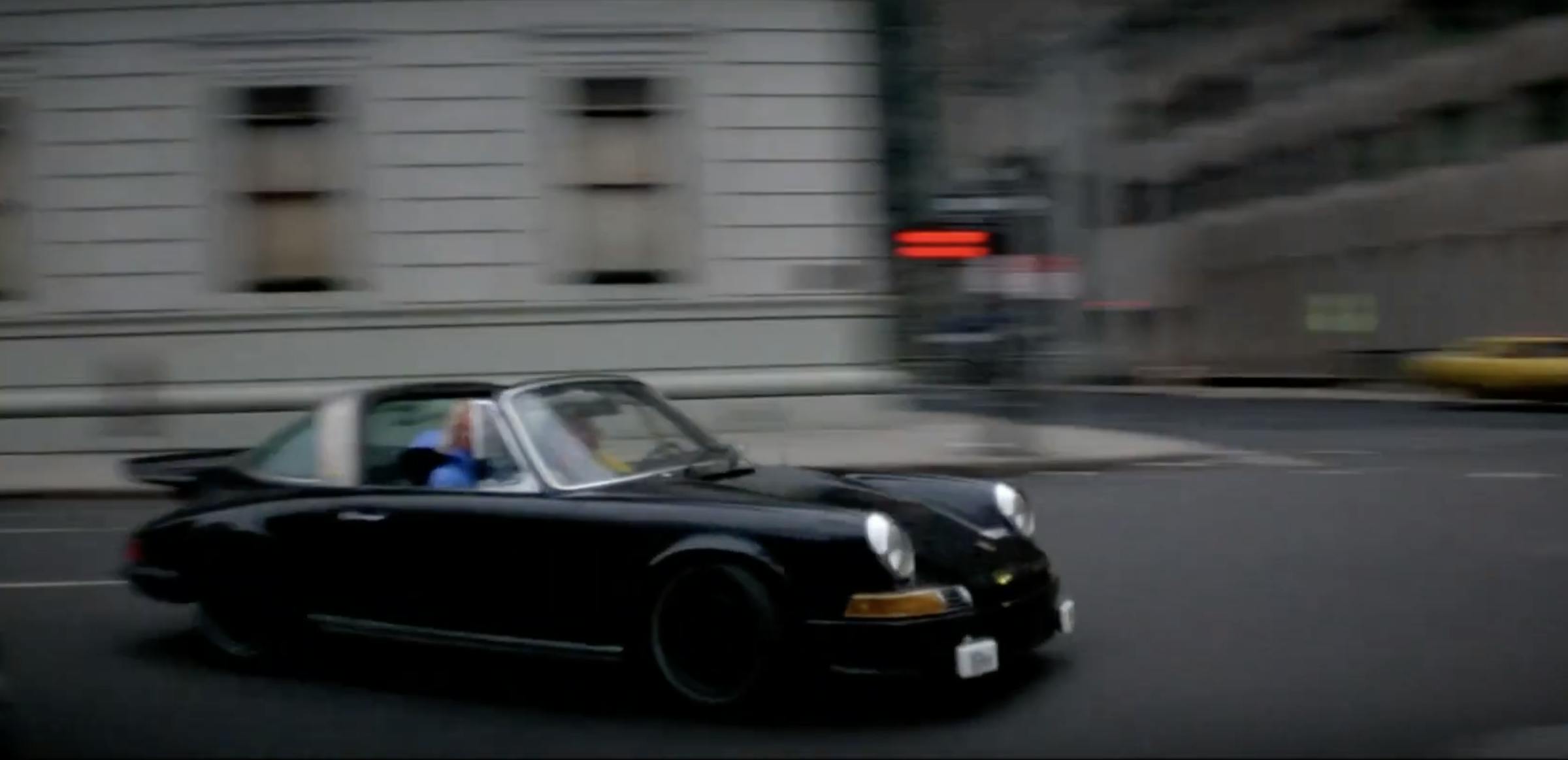
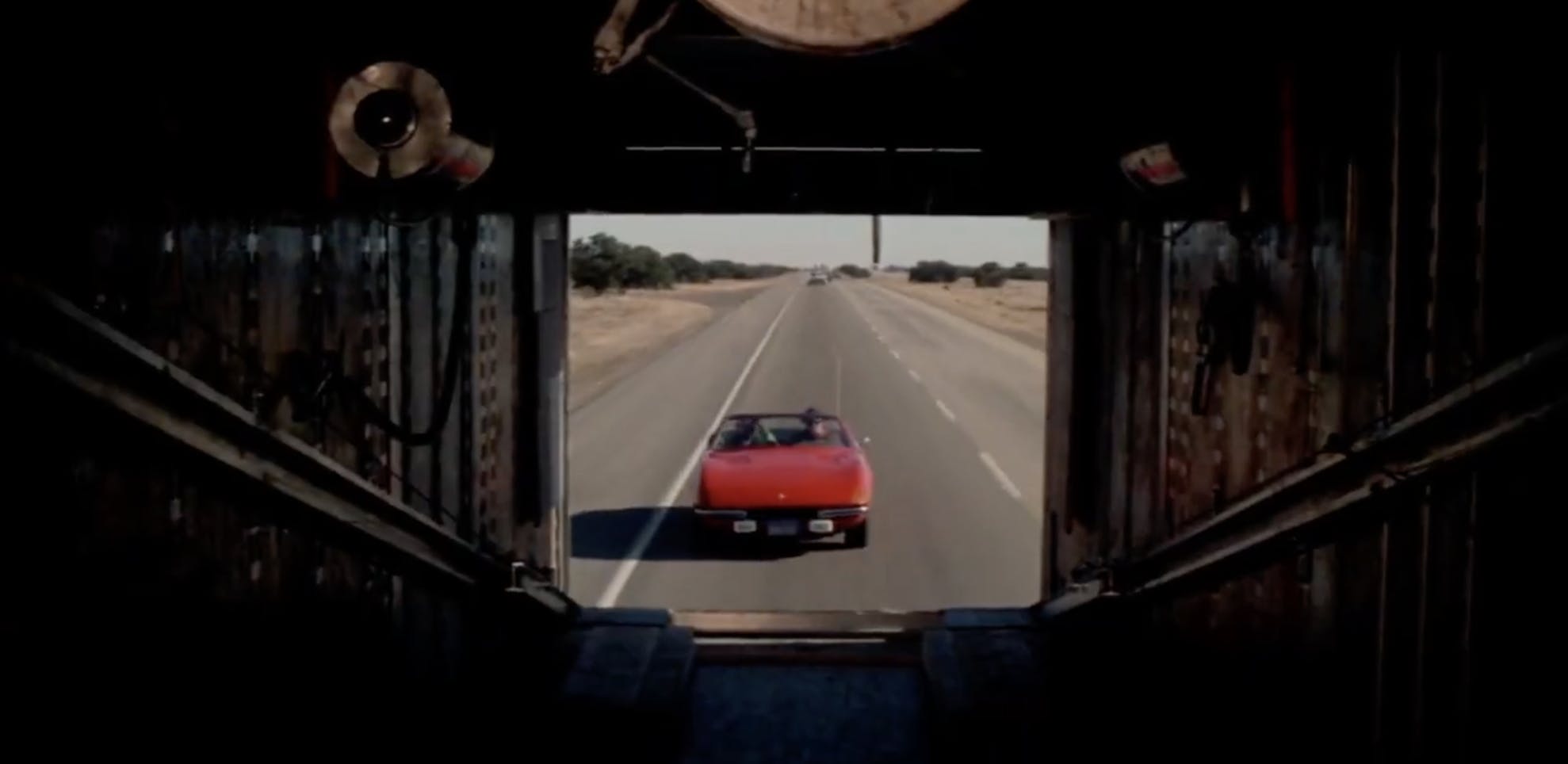
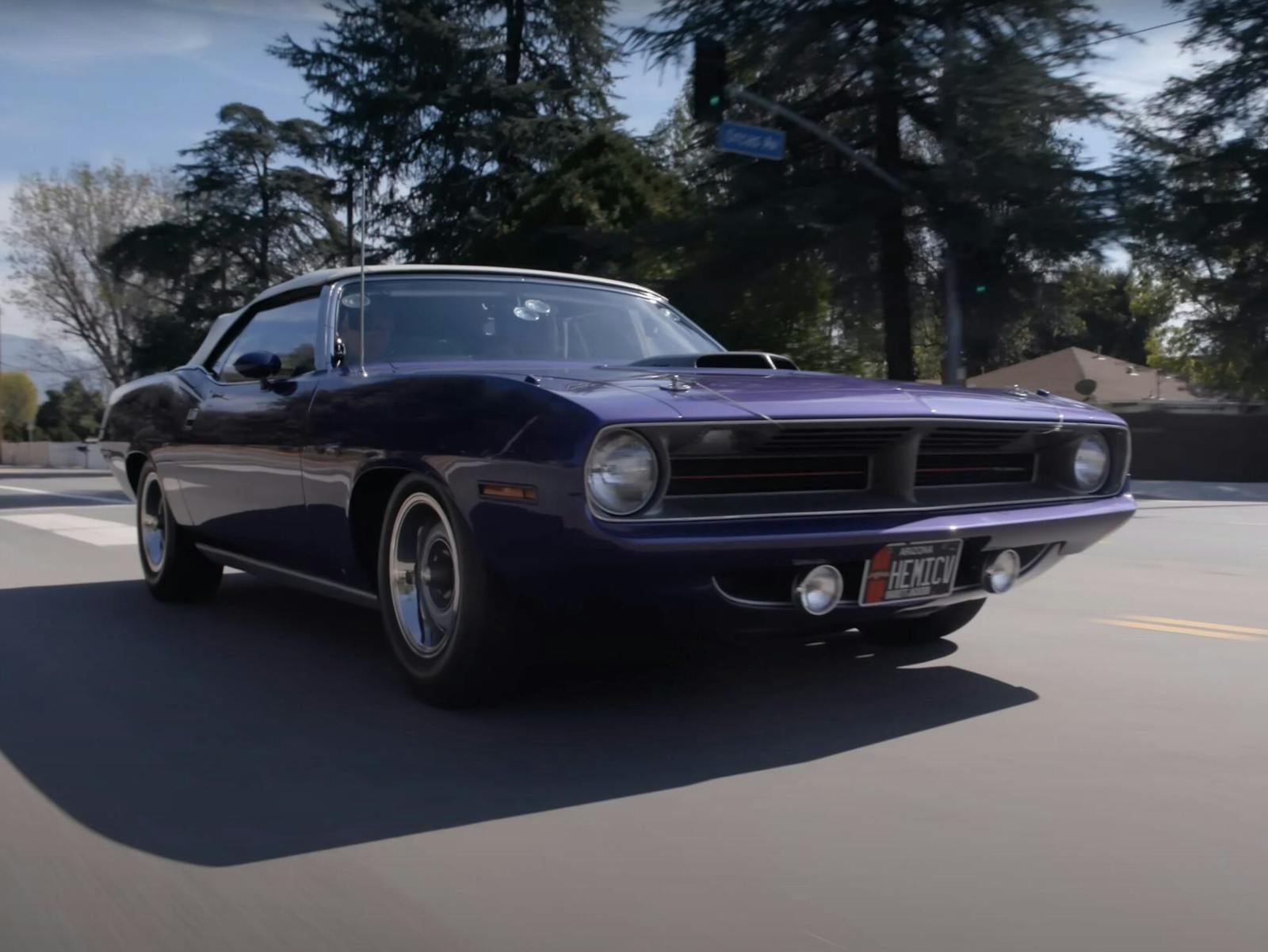

Certainly plenty of action, and a complete lack of acting! Raul Julia’s over-the-top fake Italian accent was pretty painful. Of course, Gary Busey just played himself as a lunatic, so that’s not acting. The many, many autos destroyed in the film would be worth big bucks today, but in 1976, they were “just cars” – and some of them gas-guzzlers that even at 55 MPH weren’t really worth having. But if you are in the mood to watch vehicular mayhem at a high level with absolutely nothing else going for it, this movie is worth a couple hours! ☺
I can’t believe Linda Vaughn (Plan Alpha) was omitted from the article. Her brief but race outcome changing role left a big impression on 15 year old me. Kidding aside, this movie is on my annual rotation. The Cobra Vs Ferrari sounds are epic.
Of course both movies were inspired by the actual running of the CannonBall Rally as invented by Brock Yates. The cars racing through New York was done one early morning without permissions.And the audio that was recorded was so good it’s been used in dozens of other movies since then. I remember wearing my CannonBall jacket to the movie when it opened. The nighttime driving sequences were thrilling.
Sorry but I don’t buy that. You can plainly see that all the streets were blocked off with spectators watching. The movie that I know of that didn’t have many permits was the original Gone in 60 Seconds. You can see the difference. I love watching the background in these movies for what was actually driving on the streets back then.
This was a great movie; nice recap.
FYI, Erwin “Cannonball” Baker was not the first one to set a transcontinental time, nor was it in 1933. The first transcontinental record was set in 1903, and there were dozens, if not hundreds, of transcontinental records in the following three decades. Erwin set his first record in 1915 (fastest solo crossing) and his last one in 1933, and had 143 total endurance driving records to his name.
Love to find out what happened to the Camaro. Where is it now?